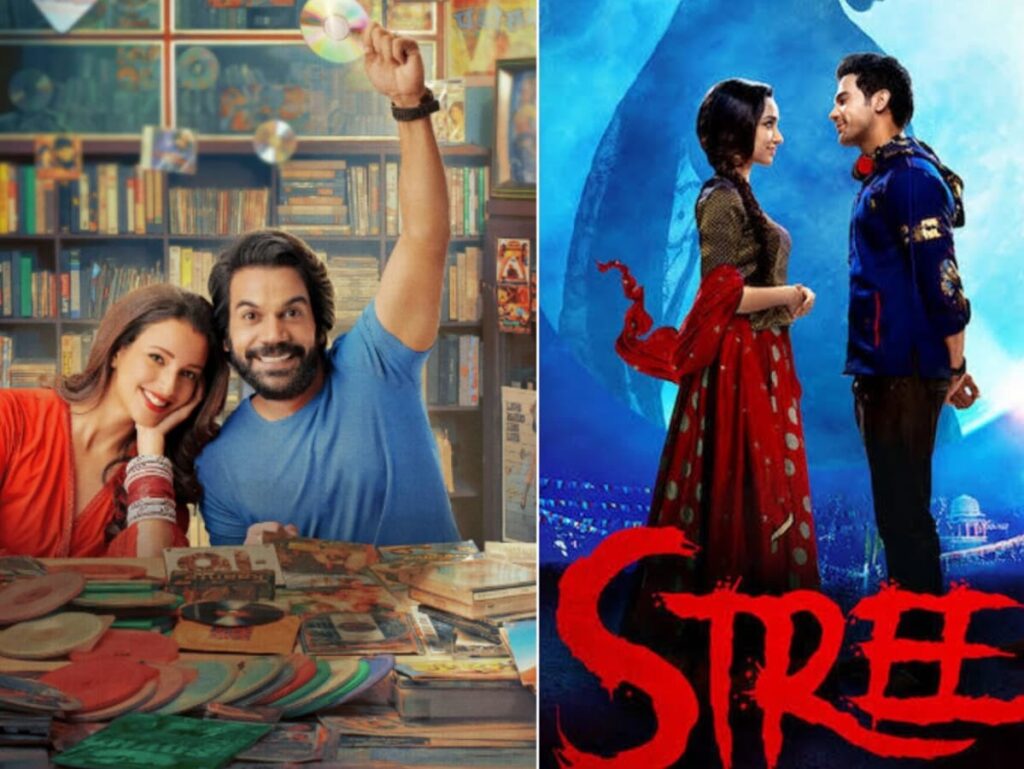In the world of cinema, intertextuality often leads to both creativity and controversy. Recently, the director of the film “Vicky Vidya Ka Wo Wala Video” made headlines by publicly apologizing to the makers of the film “Stree.” The reason behind this apology lies in the use of certain scenes from “Stree” without proper acknowledgment. This incident has raised important questions regarding intellectual property, artistic influence, and the ethics of borrowing content in the film industry.
The Nature of Intertextuality in Film
Intertextuality refers to the relationship between texts and how they shape and influence each other. In film, this can involve direct references, homages, or borrowing elements from previous works. While such practices can enhance storytelling, they can also lead to legal challenges and ethical dilemmas. The case of “Vicky Vidya Ka Wo Wala Video” serves as a reminder of how interconnected films can be and the responsibilities that come with it.
Details of the Apology
In his apology, the director acknowledged the unintentional use of scenes from “Stree,” a film that gained significant acclaim for its originality and unique storytelling. By admitting the oversight, he demonstrated a commitment to maintaining integrity within the film industry. This gesture also emphasizes the importance of recognizing the contributions of other filmmakers, especially when their work directly influences a new creation.
Implications for the Film Industry
| Aspect | Details |
|---|---|
| Legal Concerns | Unpermitted use of scenes can lead to lawsuits and financial repercussions. |
| Ethical Responsibility | Filmmakers should credit original works to honor creators’ contributions. |
| Creative Influence | Borrowing from previous works can spark new ideas but must be done thoughtfully. |
The Importance of Acknowledgment
The film industry thrives on collaboration and inspiration. However, the exchange of ideas must be accompanied by proper acknowledgment. By taking responsibility for the scenes used, the director of “Vicky Vidya Ka Wo Wala Video” not only respects the original creators but also sets a standard for future filmmakers in fostering an environment of mutual respect.
Conclusion
The recent apology from the director of “Vicky Vidya Ka Wo Wala Video” underscores a broader discourse about the ethical implications of using another creator’s work. As the film industry continues to evolve, it is vital for filmmakers to maintain transparency and acknowledge those who came before them. This not only enriches the cinematic landscape but also cultivates a more respectful and collaborative creative community.
